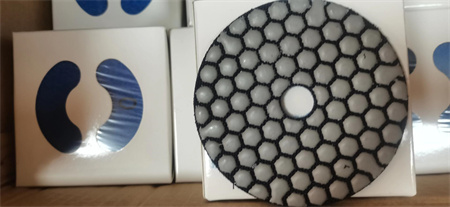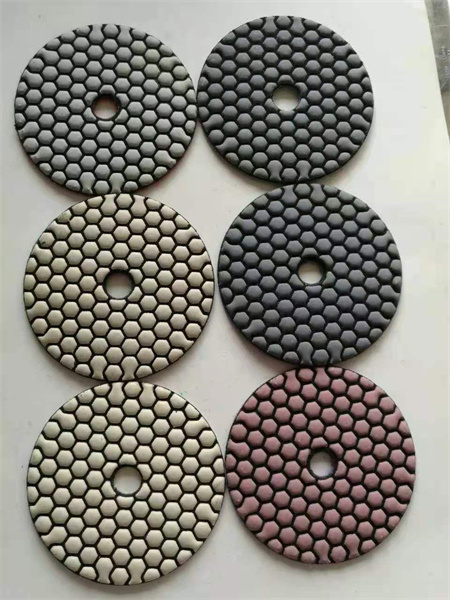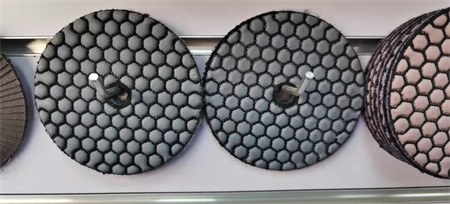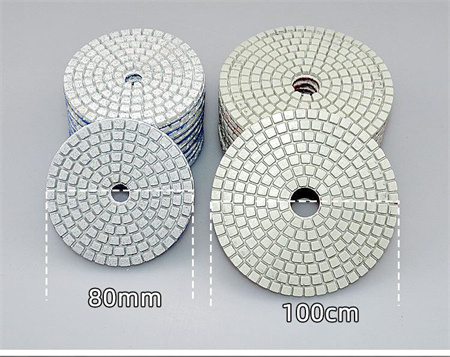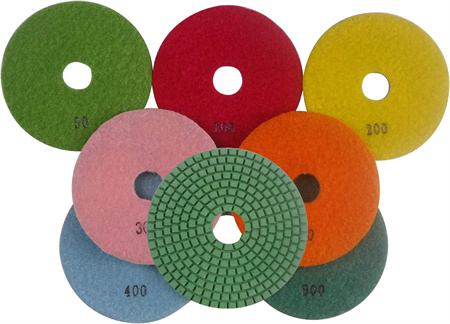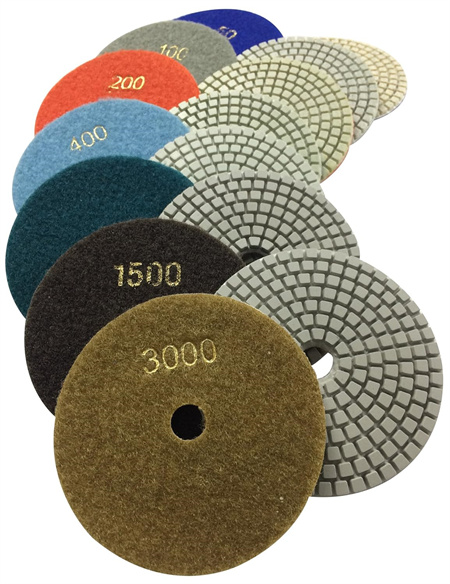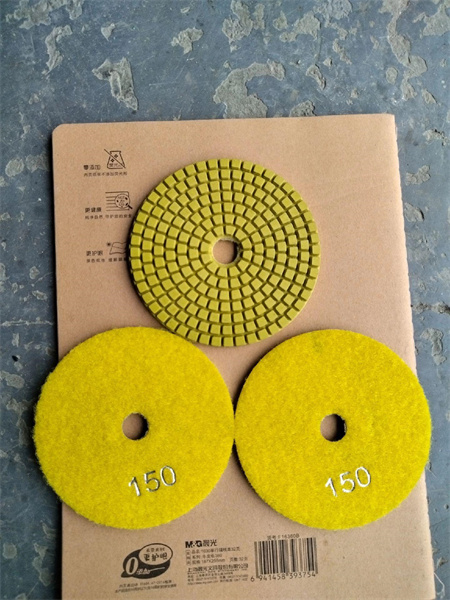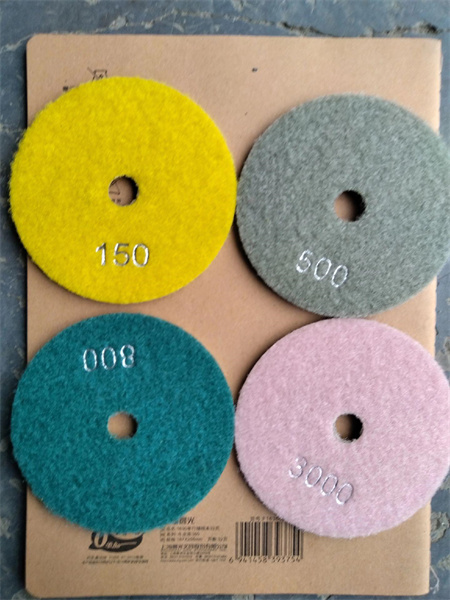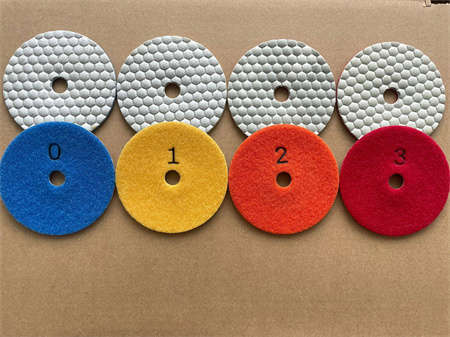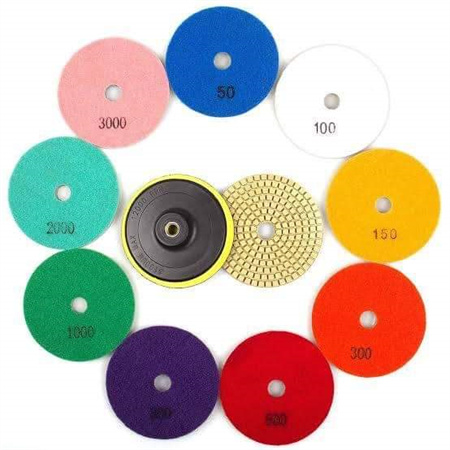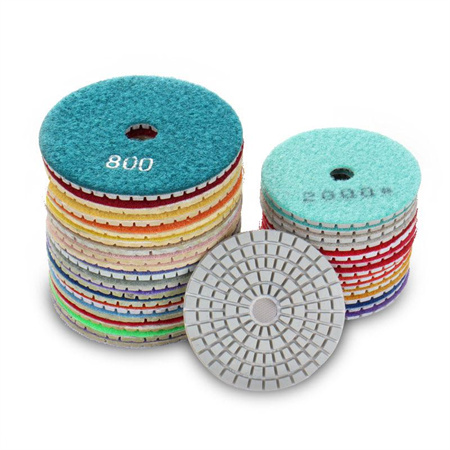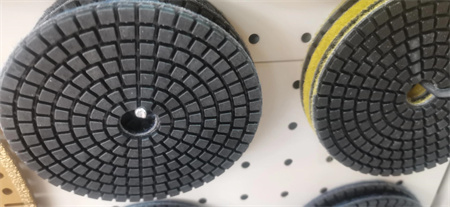Resin Bond Polishing Pad Factory Supplying Bulk Orders to Global Importers
At the forefront of polishing technology, our resin bond polishing pads have become a trusted choice for businesses worldwide. Our factory, equipped with state-of-the-art production lines, specializes in crafting high-quality polishing pads that deliver consistent results across various industries. Whether you’re a distributor, manufacturer, or contractor, we’re ready to meet your bulk order needs with precision and efficiency.

Our resin bond polishing pads are engineered to provide the perfect balance of flexibility and durability, ensuring superior performance during the polishing process. From marble and granite to concrete and glass, these pads are designed to work seamlessly with different materials, offering an unparalleled finish. The secret lies in our proprietary resin bonding process, which creates a pad that is both tough enough to handle heavy-duty applications and gentle enough to achieve a smooth, scratch-free surface.
We pride ourselves on our ability to offer custom solutions tailored to meet the specific requirements of our clients. Each batch is carefully crafted to ensure optimal results, whether it’s for a standard polishing job or a highly specialized task. We understand that every project is unique, which is why we work closely with our clients to determine the best specifications, including grit size, pad thickness, and flexibility.
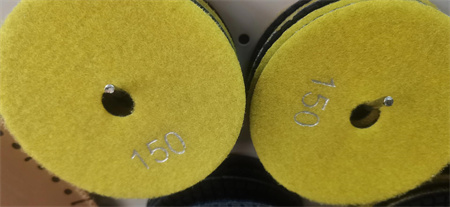
Our production facility is designed to handle large-scale orders without compromising on quality. Thanks to our advanced manufacturing techniques and strict quality control processes, we can ensure that every pad we produce meets the highest industry standards. From raw materials to finished products, every step is meticulously monitored to guarantee reliability and consistency.
With years of experience in supplying bulk orders to global importers, we’ve built strong relationships with clients across North America, Europe, Asia, and beyond. Our team is dedicated to delivering on time, every time, ensuring that your business can maintain smooth operations and meet customer demands without delay. We understand the importance of reliable supply chains and work tirelessly to ensure that our clients receive their orders when they need them most.
For those looking to source high-quality resin bond polishing pads in bulk, we are your go-to partner. Our reputation for excellence, combined with our commitment to customer satisfaction, makes us the preferred choice for importers around the world. Let us help you elevate your business with our top-tier polishing solutions, designed for performance, longevity, and unparalleled results.
